Thuja "Spiralis": description of the variety and recommendations for growing
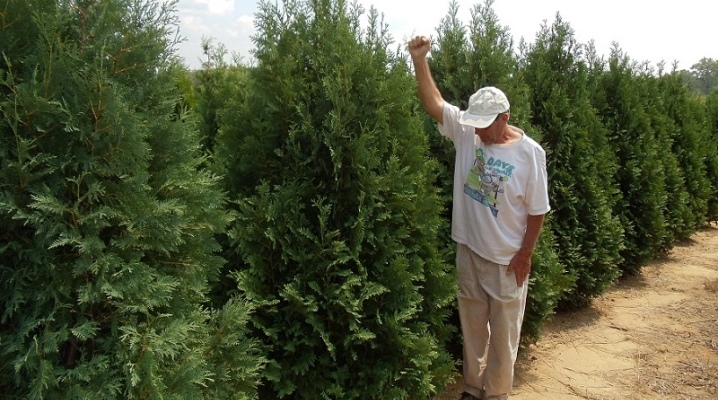
Landscape decoration of green recreation areas has become an integral part of the life of a modern person. Over the past few years, green compositions and sculptures can be seen not only in city gardens, boulevards and flower beds, but also on the land plots of ordinary summer residents. For the compilation of green installations, there are a huge number of both annual and perennial plants that can be purchased at retail outlets for gardeners.
Conifers have occupied the leading place in the ranking of the most popular plants for landscape design for many years., which are not only very aesthetically beautiful and unpretentious, but also beneficial to human health. Among the large number of conifers and shrubs, florists recommend paying attention to the western thuja "Spiralis".


Description
Western thuja "Spiralis" is a beautiful and slender tree from the cypress family, which was brought to the European continent from the USA. Due to its unusual appearance, which resembles a spiral, the plant got its name. This unusual look is given to the shrub by uneven shoots, which twist parallel to their axis, and the leaves of each shoot are located in the same plane. The size of the annual growth in comfortable conditions can reach 30 cm. By the age of ten, the height of the tree is 3 meters. The average lifespan of a coniferous plant is 150 years, but biologists have also met older specimens, the height of which exceeded 15 meters.
The narrow needles of thuja have a conical shape, which begins to form from the very surface of the soil. If you do not carry out sanitary pruning of the lower part of the crown, its diameter can reach 3 meters. The coniferous mass of the plant has a rich dark green color with a blue or bronze tint. The structure of the needles is scaly. On male specimens, yellow and round surface bumps form, and on female specimens, green and oval ones. Ripe buds change their color to brown and cause the branches to bend.
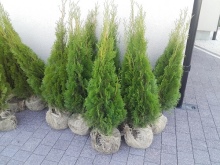
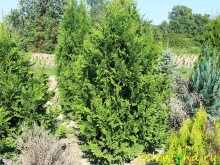

This type of conifers belongs to an unpretentious species, which is not afraid of frosts and high temperatures. The plant can be safely planted even in regions with difficult climatic conditions, as well as in ecologically unfavorable areas, where the plant will help improve the general state of the atmosphere.
Despite its decorative effect, western thuja is also a medicinal plant that can be used to treat the following diseases:
- sycosis;
- warts;
- pneumonia;
- rheumatism.
The plant has antiseptic, disinfectant, hemostatic and expectorant properties.


Planting and leaving
Despite the unpretentiousness of the spiral thuja, experts still recommend following the basic rules of planting and care, which will allow you to grow a beautiful and healthy plant. Especially carefully and carefully you need to choose the landing site. The plant feels uncomfortable both in the scorching sun and in the shade, where its crown becomes loose and expressionless. The best place for thuja is partial shade. The selected location should be closed from strong currents of the north wind and winter accumulation of snow cover, a large amount of which can damage the branches of the tree.
Thuja can be planted on all types of soil, but it is better to choose light soil, and peat and river sand must be added to heavy soil mixtures. To prevent stagnation of water and decay of the root system at the bottom of the planting pit, it is imperative to place a drainage layer at least 15 cm high.
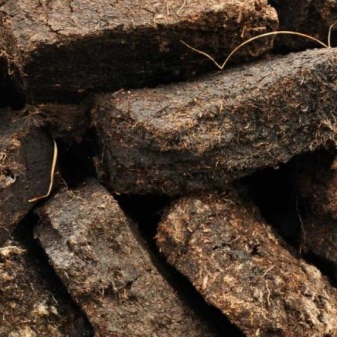
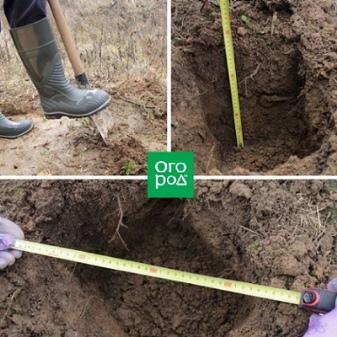
Planting young shoots should be carried out in early spring - then the plant will have enough time to gain strength before the winter cold. In the first weeks after planting, it is better to create an artificial shade near the plant, which will prevent burns and speed up the rooting process.
The size of the planting pit should be twice the volume of the technical container with a young appendage. To transport the plant to a permanent place of growth, biologists recommend using the transfer method, which involves careful transfer of the rhizome together with the soil from the pot to the planting hole. Plants in the first year of life need watering weekly.
At least 8 liters of water must be poured into one landing hole.
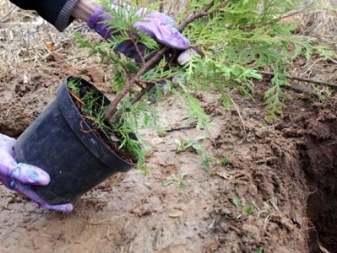
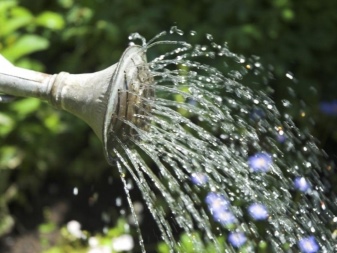
To prevent the crown from drying out, florists recommend irrigating plantations with water in the summer, which will not only moisten the crown, but also wash away the dust that prevents oxygen from entering the needles. Top dressing should be carried out no more than 1 time per season with nutrients for conifers, the introduction of which is best done in early spring. To maximize the preparation of the plant for the cold in early autumn, it is necessary to stop watering and feeding.
This type of thuja does not need special preparation before winter, but experts recommend using a rope to fix all the branches around the trunk. This procedure will prevent the snow from breaking the branches. In order for the root system not to suffer from severe frosts, it is necessary to cover the entire root zone with a thick layer of mulch. In the middle of winter, it is better to cover the plant with a white non-woven material or spruce branches, which will prevent the appearance of burns on the still dormant plant.
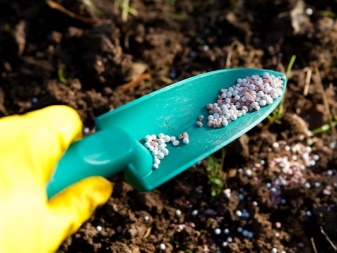
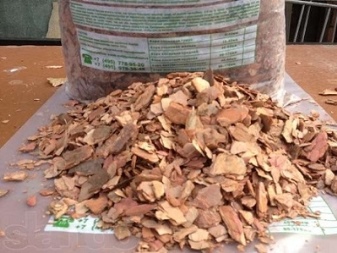
At the beginning of spring, it is necessary to cut off all dry branches with a special pruner, and cover the crack in the bark with garden pitch. The coniferous tree often suffers from the following diseases:
- brown shute;
- fusarium wilting;
- cytosporosis.
When the first signs of disease are detected, experts recommend treating the thuja with special chemicals that can be purchased at all garden stores. To obtain young plants at home, biologists recommend using cuttings. This method provides for the separation of the shoots from the mother bush, along with a small amount of crown, followed by planting them in a nutritious soil under a film.
The film cover must not be removed until the shoots give new shoots.
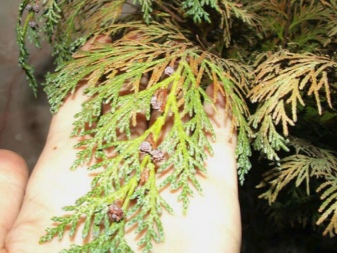
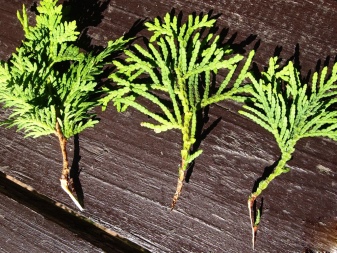
Use in landscape design
A picturesque, impressive and unusual coniferous plant has found wide application in the decorative decoration of recreation areas. Landscaping experts advise you to pay attention to several ways of planting thuja, the choice of which depends on the design decision.
- Single - the plant is the centerpiece of the green composition.
- Group - planting of conifers at a distance of no more than 5 meters from each other. In this composition, it is better to use elements of different grades and heights.
- Bouquet - landing of several specimens in one planting pit. In the process of growing, thuja will form the effect of a single and very beautiful plant.
- Hedge - planting plants strictly along one line with a minimum distance between them. Throughout the entire growth period, the height of all elements of the green fence should be adjusted and leveled at the same level. This manipulation will create an aesthetically pleasing hedge.
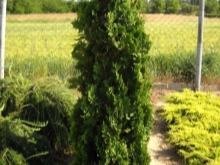
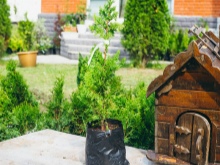
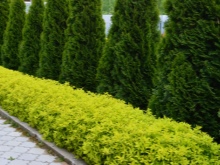
Planted evergreen thuja can become a decoration of the territory near the fence or any central entrance. Single specimens always look spectacular on a mowed lawn.In order to emphasize the beauty and richness of the color of the tree, the designers recommend covering the near-trunk zone with small pebbles or river sand. Near the green composition, you can install carved benches or hang a hammock. Due to its unpretentiousness, the Spiralis variety has become a favorite plant of urban gardeners, who plant it near health and education organizations, as well as administrative buildings. Tui are one of the few crops that can easily carry carbon monoxide and quartz particles of road dust, so they can often be seen along roads and highways.
Florists recommend planting flowering plants near spiral coniferous crops, whose bright and expressive flowers will look spectacular against the background of succulent coniferous greenery. Culture is in special demand among the designers of health resorts.
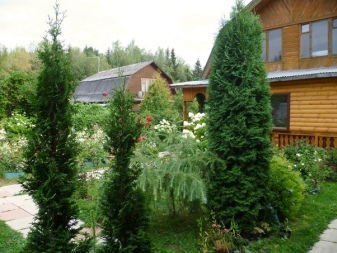
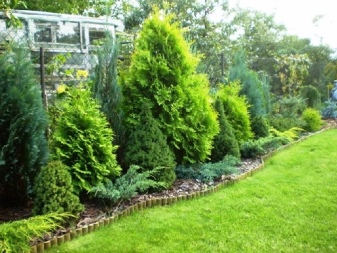
The plant not only aesthetically decorates the territory, but also allows its visitors to restore emotional and physical health after a long stay in polluted metropolitan areas.
In the next video you will find an overview of the Spiralis thuja.



































































The comment was sent successfully.